Petopentia Natalensis
Petopentia natalensis is a monotypic species of flowering plant in the Apocynaceae family (the dogbane family) Petopentia natalensis is indigenous to South Africa, primarily found in the Eastern Cape and KwaZulu-Natal provinces. It thrives in coastal regions at altitudes ranging from 50 to 700 meters above sea level. This species typically grows as a climber on the forest floor, developing a prominent above-ground tuber over time. Its natural habitats include riparian forests and sandstone cliffs within subtropical humid zones Here’s a quick breakdown of what makes it interesting:
Overview
-
Scientific name: Petopentia natalensis
-
Family: Apocynaceae
-
Tribe: Periplocoideae
-
Genus: Petopentia (monotypic, meaning this is the only species in the genus)
-
Native range: Found primarily in southern Africa, especially South Africa (notably the KwaZulu-Natal region, which gives the species its name).
Characteristics
-
Growth form: It is a climbing vine, often growing in forests or bushy areas.
-
Leaves: Simple, opposite leaves typical of the Apocynaceae family.
-
Flowers: Usually small and star-shaped with unique floral structures, common in many members of Periplocoideae.
-
Fruit: Follicles containing seeds with silky tufts for wind dispersal.
Ecology & Uses
-
Grows in warm, subtropical environments.
-
Like many Apocynaceae, it may contain latex and could have toxic or medicinal properties, though specific ethnobotanical uses for Petopentia natalensis aren’t well-documented.
Identification Features
-
Caudex (Swollen Base): This plant develops a prominent, woody caudex that can grow up to 30/40 cm in diameter.
-
Vines: Extending from the caudex are climbing vines that can reach lengths of up to 7 meters.
-
Leaves: The leaves are glossy green on the upper side and typically purple underneath, adding to the plant’s ornamental appeal.
-
Flowers: The plant produces small, star-shaped flowers that are brown-maroon and white.‹
Cultivation Guidelines
-
Soil: Prefers well-draining, rich soil to support healthy growth.
-
Watering: During the growing season (spring and summer), water regularly to keep the soil moist but not waterlogged. Reduce watering in the dormant winter months.
-
Light: Thrives in bright, indirect light. Can tolerate partial shade but requires ample light for optimal growth.
-
Temperature: Optimal growing temperatures range between 10-30°C. Protect the plant from temperatures below 4°C.
-
Humidity: While it can adapt to various humidity levels, ensuring good airflow around the plant helps prevent fungal issues.
-
Pruning: Regular pruning of the vines helps maintain the desired shape and encourages bushier growth.
Spotting in the Wild
In its native habitat of KwaZulu-Natal, South Africa, Petopentia natalensis can be found in forested or bushy areas. Look for its distinctive caudex at the base with climbing vines, especially in regions with well-drained soils and ample sunlight. The contrasting leaf colors—green on top and purple underneath—make it easier to identify among other vegetation.

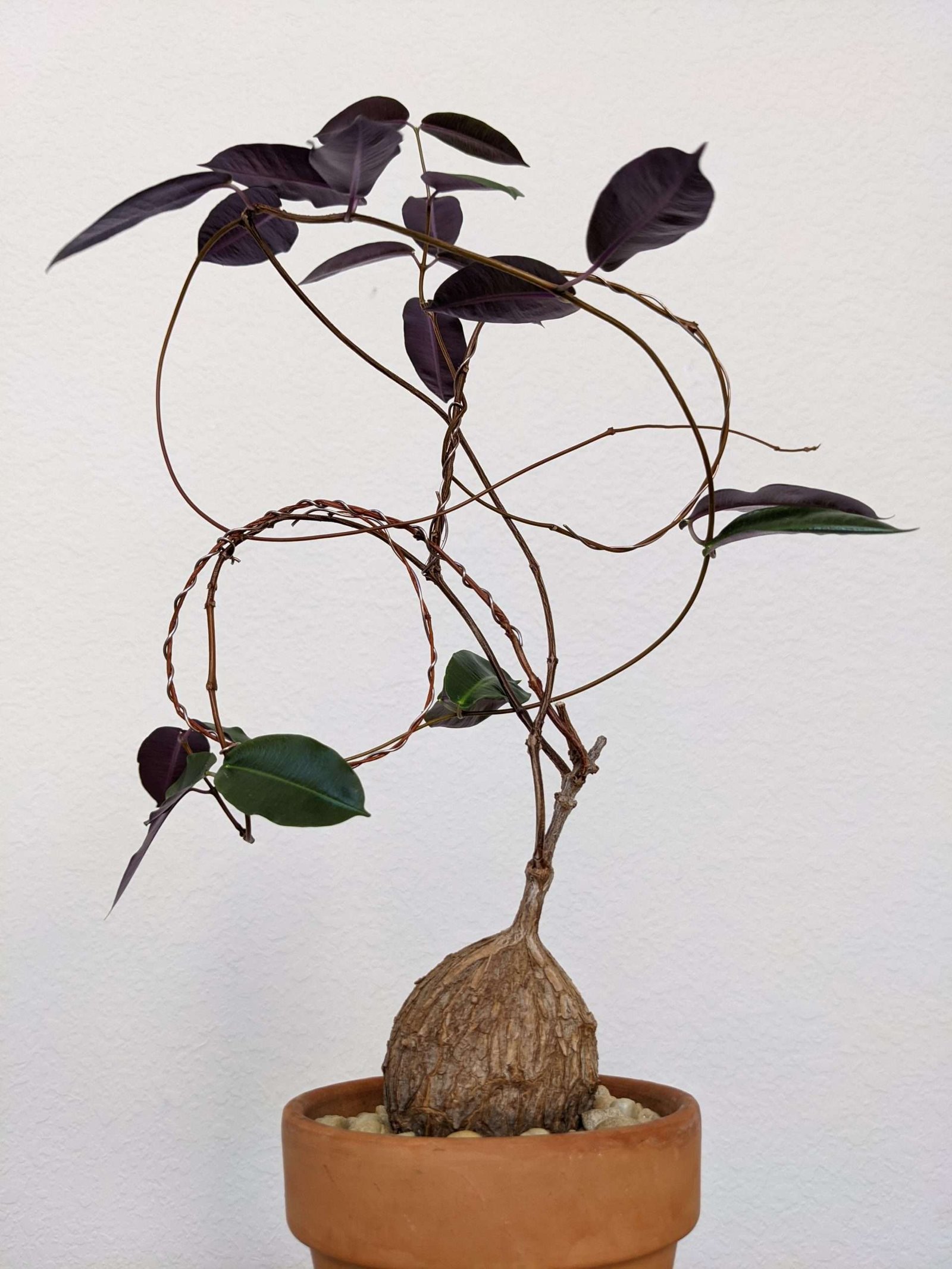
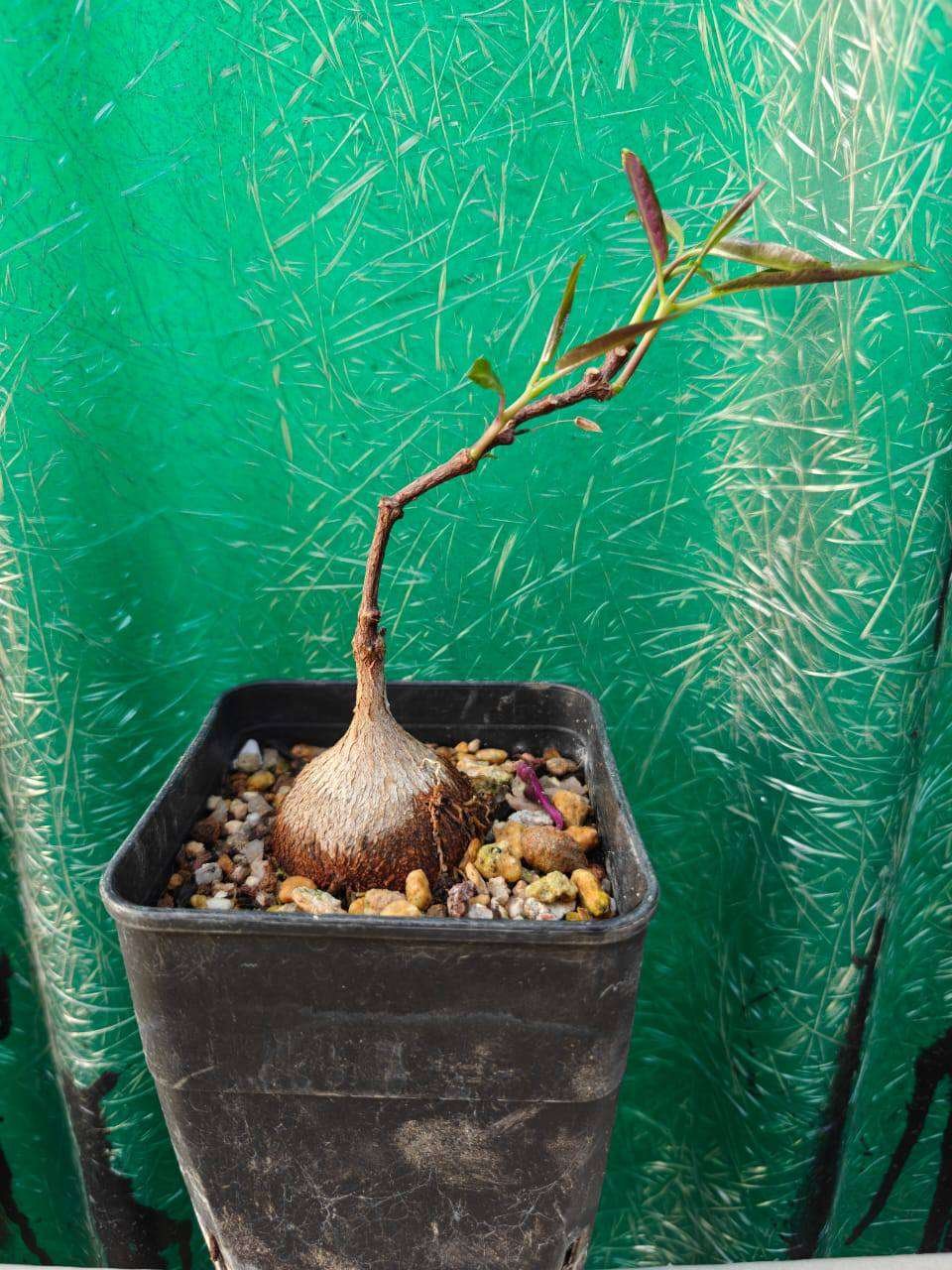
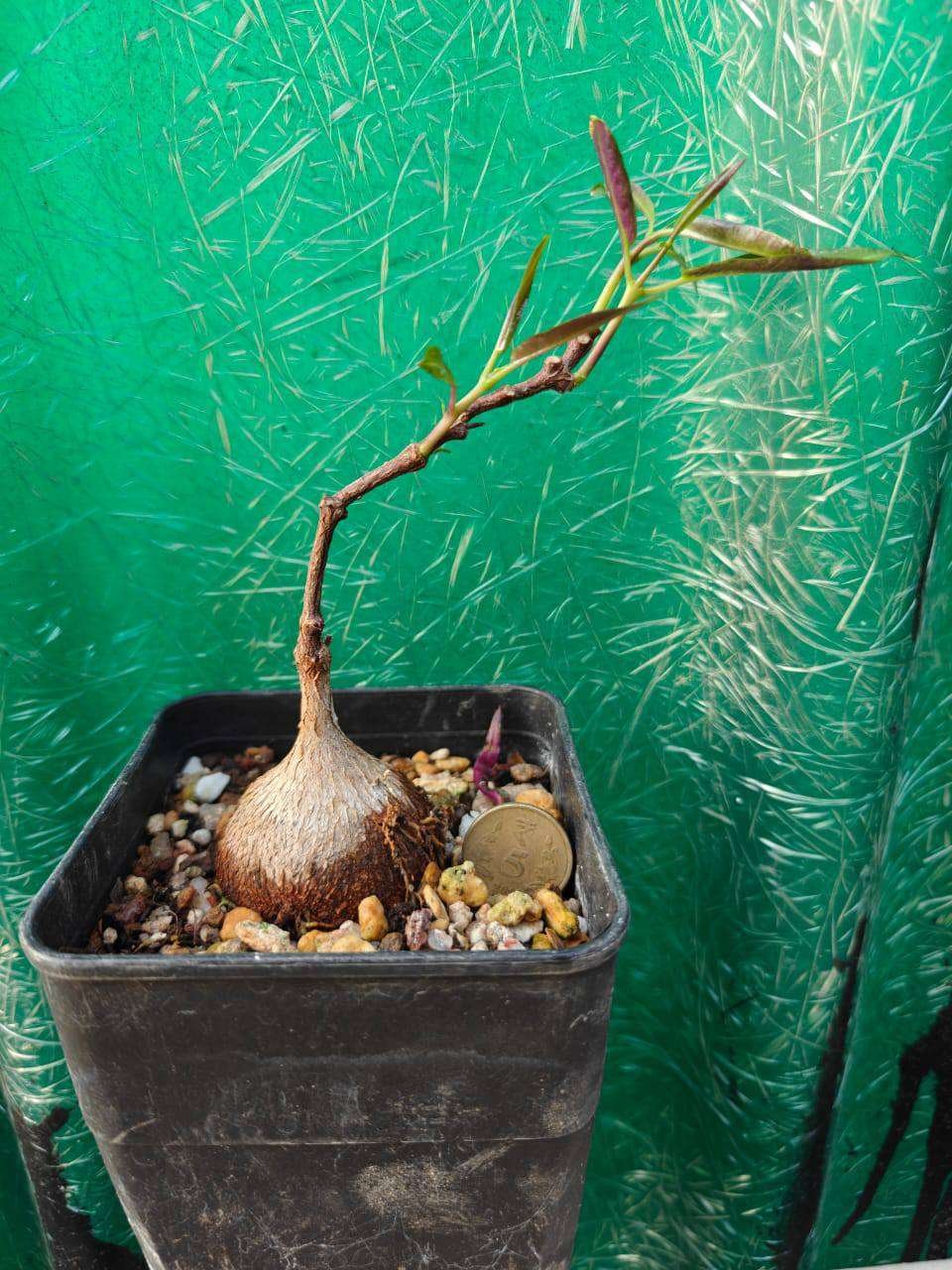
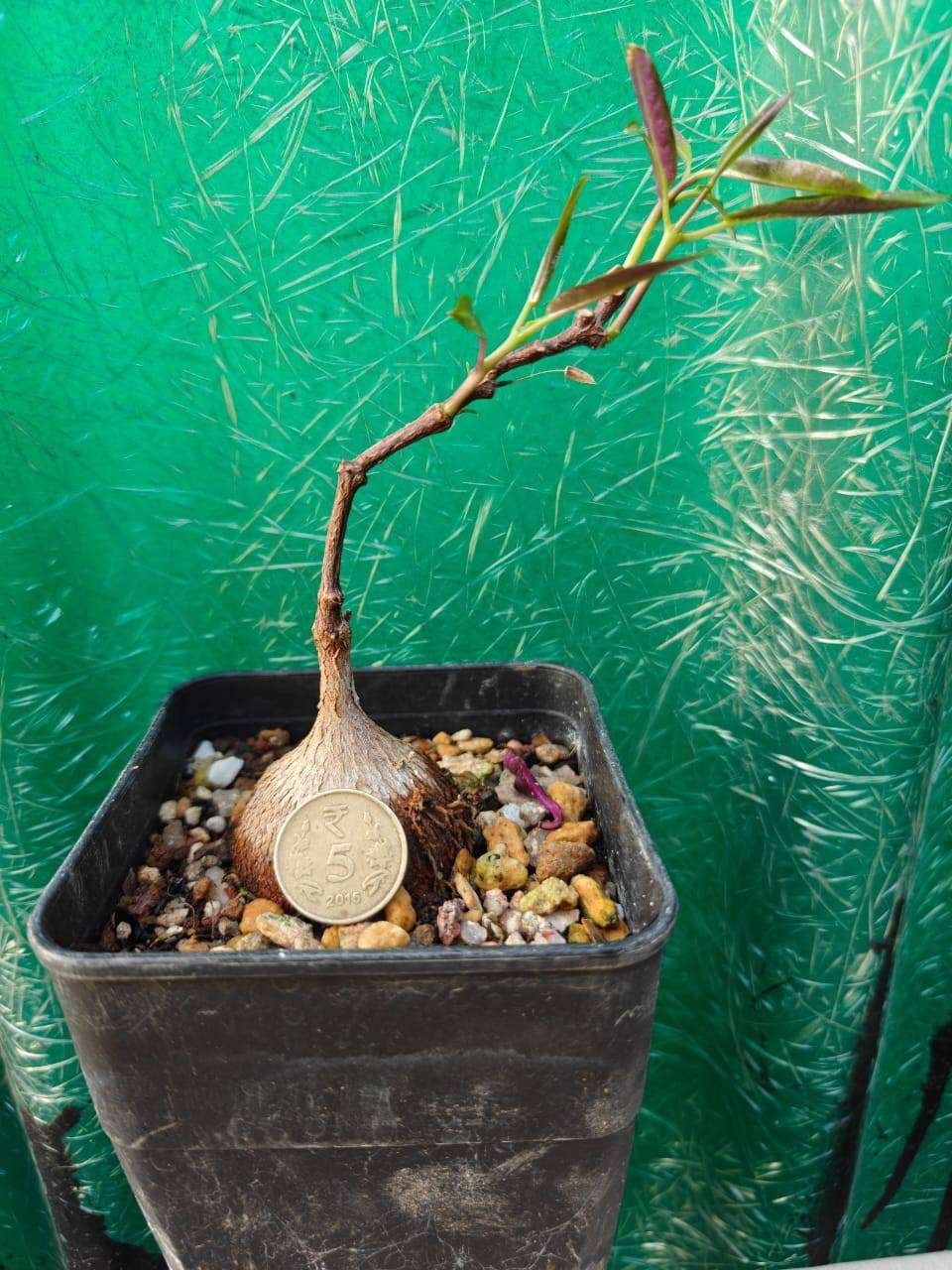
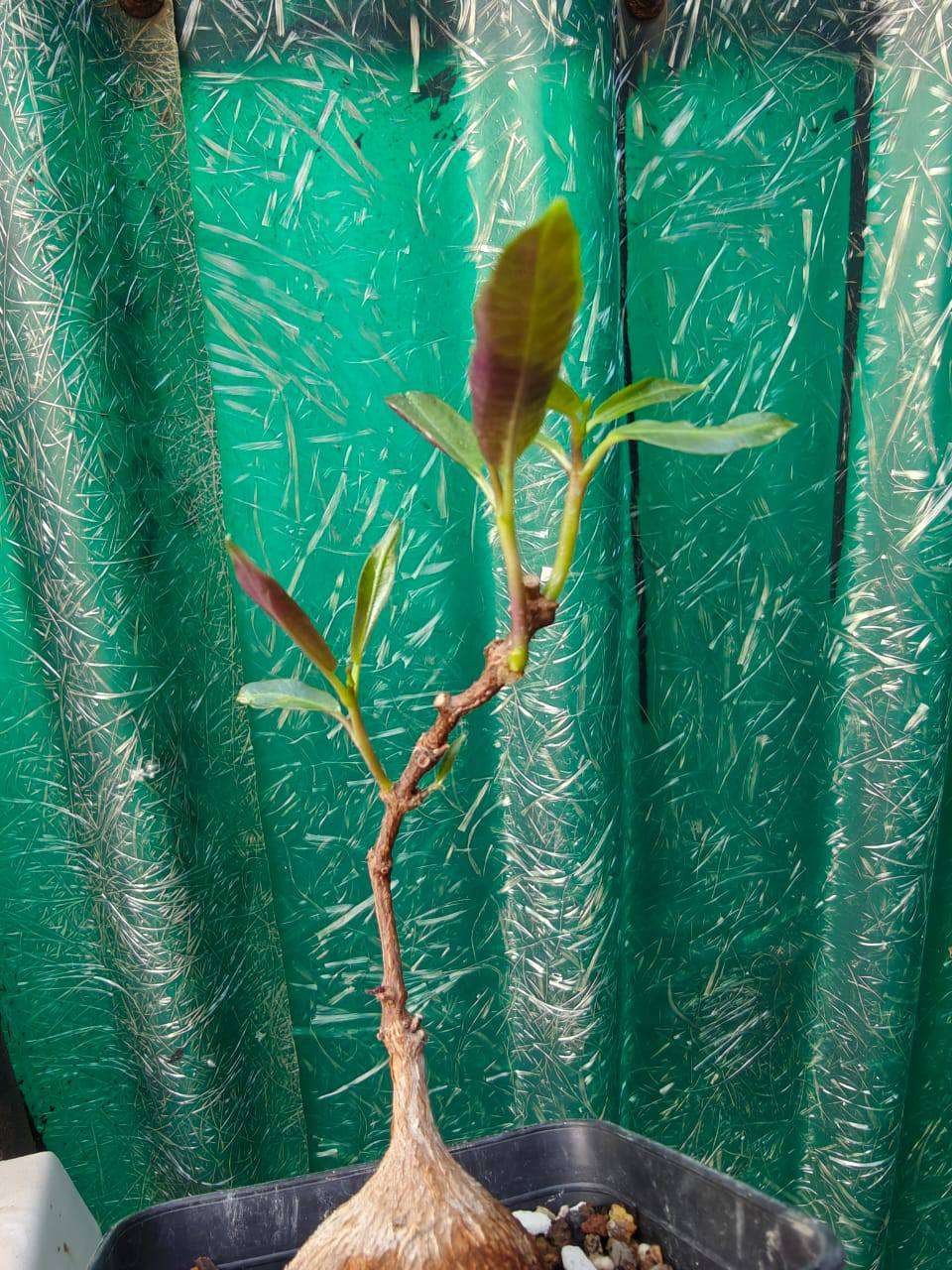
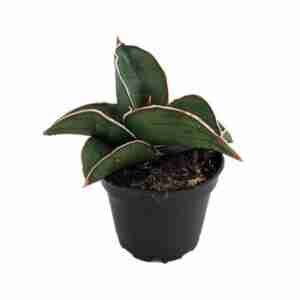
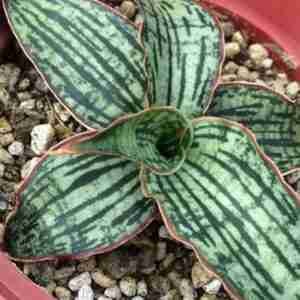
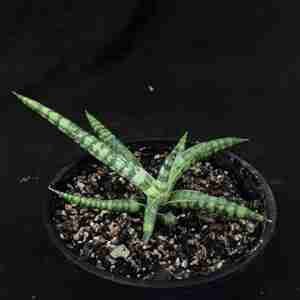
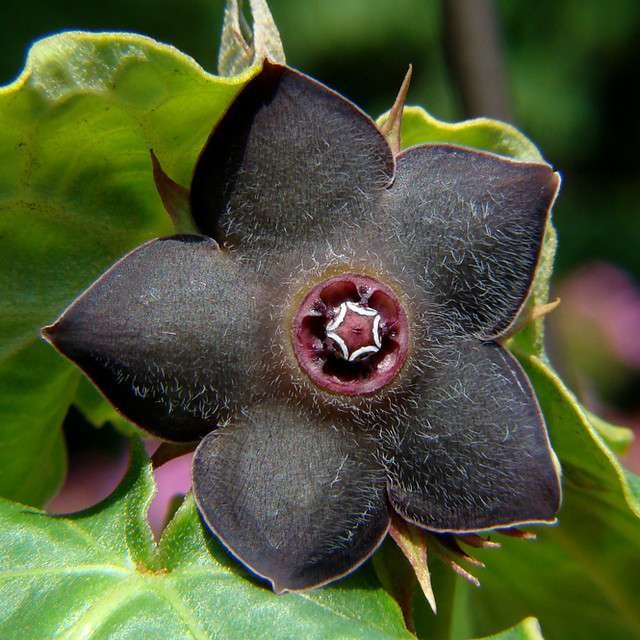
Reviews
There are no reviews yet.